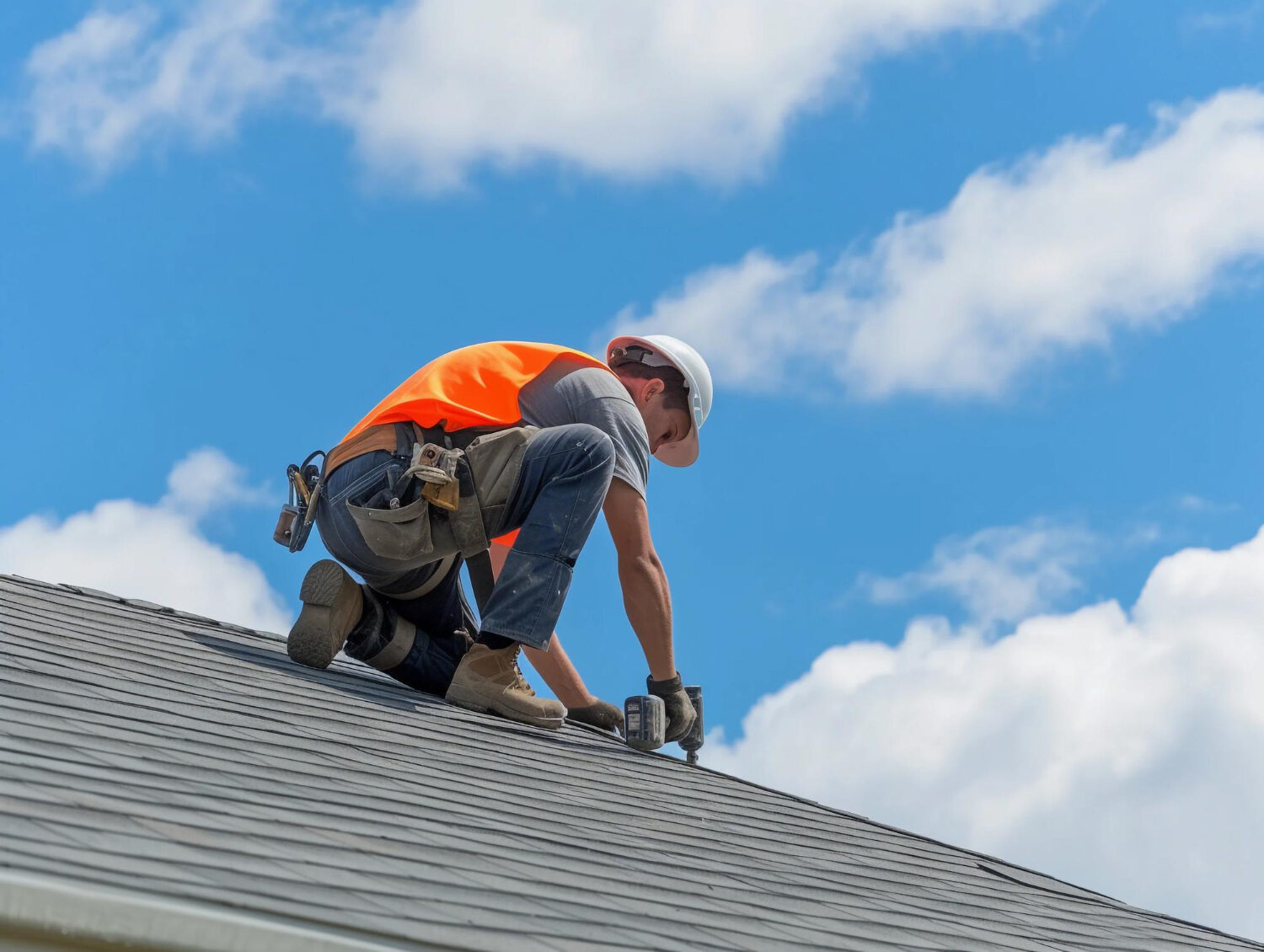Your roof is one of the most critical parts of your home, acting as a shield against the elements. Keeping it in good shape is essential for the overall health of your house. Regular inspections and timely repairs can help extend the life of your roof and prevent minor issues from turning into significant problems.
Even small damages like missing shingles or tiny leaks can lead to bigger complications if not addressed promptly. Knowing how to identify these issues early and perform minor repairs can save you time and money in the long run.
This article will guide you through the process of identifying common signs of roof damage, the tools and safety measures needed for a proper inspection, and how to handle minor repairs yourself. You’ll also learn when it’s best to call in a professional roofer for more extensive issues. With the right knowledge and tools, you can keep your roof in excellent condition and ensure your home remains protected.
Common Signs of Roof Damage
Recognizing the signs of roof damage is essential to maintaining a sturdy and secure home. Some signs are visible from the ground, while others require a closer inspection. By identifying these early warning signs, you can address issues before they become major problems.
Visible signs of roof damage include missing, cracked, or curled shingles. These indicate that your roof is aging and its materials are beginning to fail. You might also notice granules from asphalt shingles accumulating in your gutters, which suggests that the shingles are deteriorating. Additionally, look for moss or algae growth, which can trap moisture and damage roofing materials over time.
Non-visible signs might be harder to detect but are equally important. Inside your home, look for water stains on ceilings or walls, which indicate a potential leak. Another clue is damp or musty odors, especially in the attic, which can signal water infiltration. Pay attention to the condition of the flashing around chimneys, skylights, and vents, as damaged or loose flashing can allow water to seep underneath the roofing materials. Regularly checking for these signs can help you catch issues early and protect your home.
Tools and Safety Measures for Roof Inspection
Conducting a roof inspection requires the right tools and strict adherence to safety precautions. Proper preparation ensures a thorough inspection while minimizing the risk of injury. Here’s a list of necessary tools and safety measures to consider before starting:
First, you’ll need a sturdy ladder that’s tall enough to reach your roof safely. Make sure the ladder is placed on a stable surface to prevent it from tipping over. Wear rubber-soled shoes to provide good traction and reduce the risk of slipping. It’s also wise to have a harness or fall protection system, especially if your roof has a steep pitch.
In addition to safety gear, bring a flashlight for inspecting dark areas, binoculars for spotting damage from the ground, and a roof rake for removing debris without climbing onto the roof. A notepad and camera can be useful for documenting any damage you find. Lastly, consider having a helper on the ground to assist and call for help if needed.
Always observe safety protocols by inspecting your roof during clear weather conditions and avoiding wet or icy surfaces. If you’re uncomfortable with heights or unsure about the process, it’s best to consult a professional roofer. Taking the proper precautions ensures not only your safety but also a more effective inspection.
Step-by-Step Guide to Repairing Minor Roof Damage
Addressing minor roof damage promptly can prevent more severe issues down the line. Here’s a simple step-by-step guide to help you fix common problems like missing shingles or small leaks:
1. Gather Your Materials: You’ll need replacement shingles, roofing nails, a hammer, roofing cement, a pry bar, and a utility knife.
2. Remove Damaged Shingles: Use the pry bar to carefully lift and remove the damaged shingles along with any nails. Be cautious to avoid damaging the surrounding shingles.
3. Prepare the Area: Clean the exposed area to ensure that it’s free of debris and ready for new shingles. Apply a layer of roofing cement to the roof deck for added protection.
4. Install New Shingles: Place the new shingles where the old ones were removed. Nail them down securely, ensuring the nails are flush with the shingle surface. Be sure to cover the nails with roofing cement to prevent water infiltration.
5. Seal the Edges: Apply roofing cement along the edges of the new shingles to secure them and prevent wind from lifting them up. Smooth out the cement with a putty knife for a neat finish.
For small leaks, identify the source of the leak and use roofing cement or a waterproof sealant to close the gap. Always perform these repairs on a clear, dry day to ensure the best results. Regularly check your repairs to ensure they hold up, and reapply roofing cement as needed.
When to Call a Professional Roofer
While fixing minor roof issues can often be a DIY task, there are times when it’s best to call in a professional roofer. Recognizing severe damage and knowing when to seek expert help can save you from larger headaches down the road.
If you notice widespread damage such as sagging roof sections, extensive water infiltration, or a significant number of missing shingles, it’s time to call a professional roofer. These issues often indicate underlying structural problems that require specialized knowledge and equipment to address properly. Additionally, if you find soft spots on your roof, which can be a sign of rotting wood, professional intervention is essential to ensure your roof’s integrity.
Attempting to repair major damage on your own can not only be dangerous but might also result in ineffective fixes that exacerbate the problem. Professional roofers can provide a thorough inspection, identify the root causes of damage, and implement long-lasting solutions. They also have the training to work safely at heights and the expertise to handle complex repairs. Trusting a professional ensures that your roof is repaired correctly and maintains its protective function, giving you peace of mind.
Conclusion
Regular roof inspections and timely repairs are crucial to maintaining the health and longevity of your home’s roof. By keeping an eye out for common signs of damage and using the right tools and safety measures for inspections, you can catch problems early and address them before they escalate. Understanding how to perform minor repairs can also help you save on costs and prolong the life of your roof.
However, it’s equally important to recognize when a problem is beyond your capabilities and requires professional attention. Complex or extensive damage needs the expertise of a skilled roofer to ensure that repairs are done safely and effectively. Regular maintenance and professional check-ups not only protect your home but also provide you with peace of mind.
If you’re in need of quality roofing services, Mega Pro is here to help. We offer high-quality commercial and residential roofing solutions tailored to meet your needs. Contact us today to schedule an inspection or repair and ensure your roof is storm-ready.


